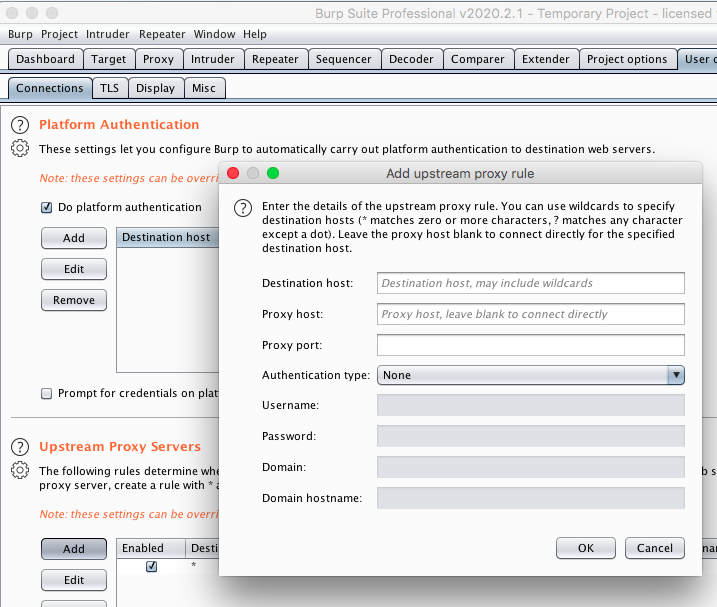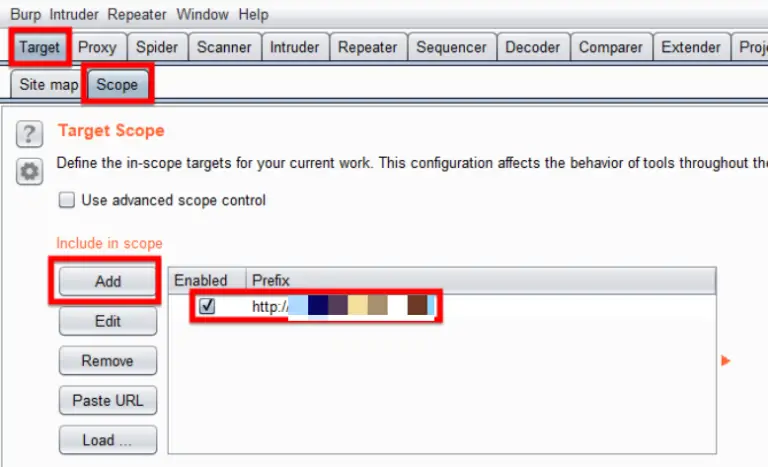

The majority of DOM XSS vulnerabilities can be found quickly and reliably using Burp Suite's web vulnerability scanner.
#Burp suite payloads how to
How to test for DOM-based cross-site scripting In certain circumstances, such as when targeting a 404 page or a website running PHP, the payload can also be placed in the path.įor a detailed explanation of the taint flow between sources and sinks, please refer to the DOM-based vulnerabilities page. An attacker can construct a link to send a victim to a vulnerable page with a payload in the query string and fragment portions of the URL. The most common source for DOM XSS is the URL, which is typically accessed with the window.location object. To deliver a DOM-based XSS attack, you need to place data into a source so that it is propagated to a sink and causes execution of arbitrary JavaScript. This enables attackers to execute malicious JavaScript, which typically allows them to hijack other users' accounts. In this section, we'll describe DOM-based cross-site scripting (DOM XSS), explain how to find DOM XSS vulnerabilities, and talk about how to exploit DOM XSS with different sources and sinks.ĭOM-based XSS vulnerabilities usually arise when JavaScript takes data from an attacker-controllable source, such as the URL, and passes it to a sink that supports dynamic code execution, such as eval() or innerHTML. Bypassing a CSP with an AngularJS sandbox escape.

XSS combined with reflected and stored data


 0 kommentar(er)
0 kommentar(er)
